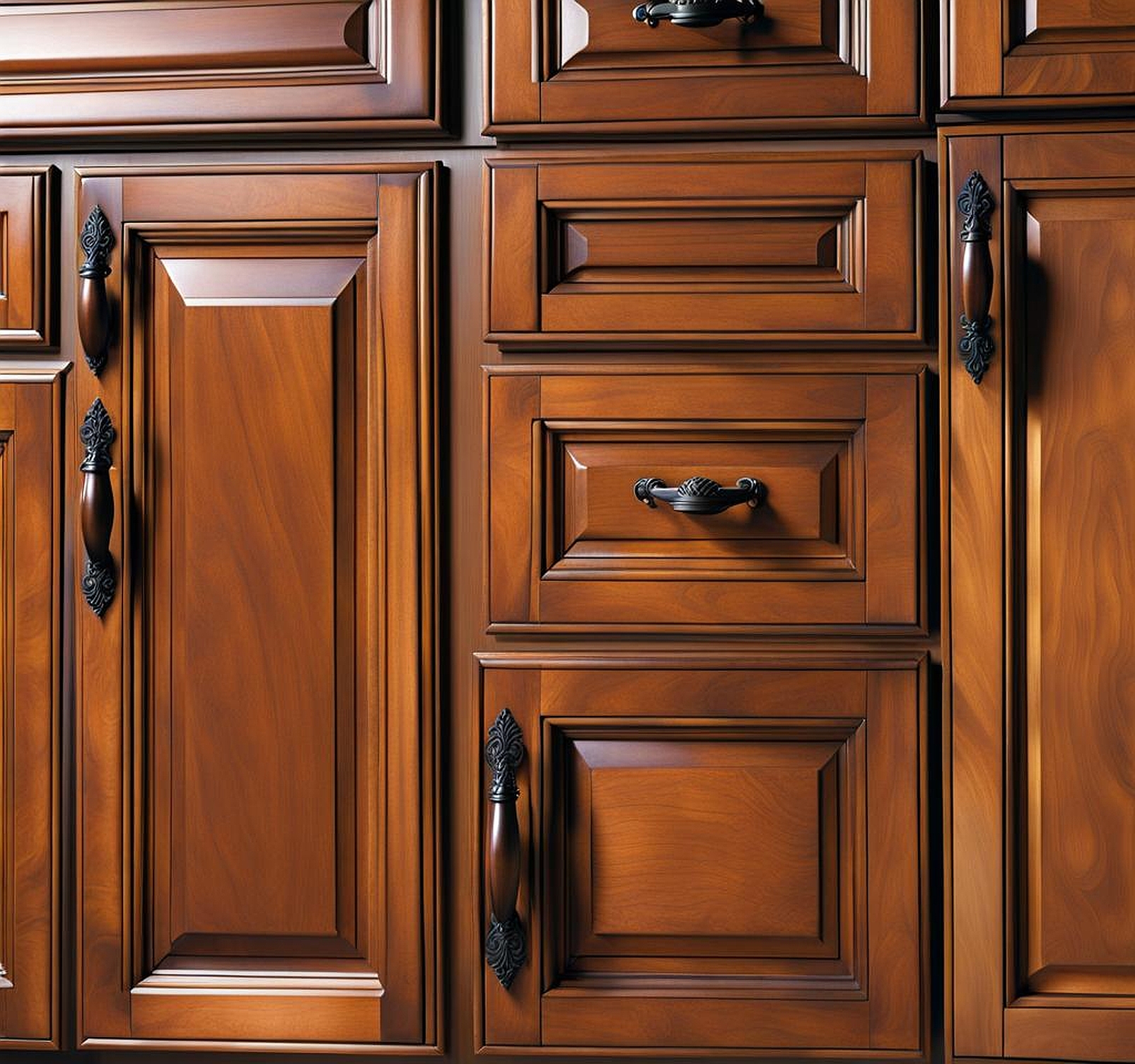Paying attention to every detail, including the placement of cabinet handles, is necessary for a harmonious kitchen space. These unassuming hardware elements play a crucial role in elevating the aesthetic appeal and ergonomics of your cabinetry. Whether you’re embarking on a kitchen remodel or simply refreshing your existing space, determining the proper placement for cabinet handles can significantly impact the overall user experience.
Factors Affecting Cabinet Handle Placement
The art of handle placement is a balancing act between form and function, influenced by a multitude of factors. Firstly, consider the size and scale of your cabinetry. Larger cabinets may require handles positioned towards the outer edges for optimal leverage, while smaller cabinets might benefit from centrally located hardware for a proportionate appearance. Additionally, the weight and depth of the cabinet doors should be factored in, as heavier or deeper doors may require handles strategically placed for effortless opening and closing.
Furthermore, the overall design aesthetic you wish to achieve plays a pivotal role. Traditional or transitional styles often favor symmetrical handle placement, while contemporary or minimalist designs might lean towards off-center or recessed options for a sleek, streamlined look. Ultimately, the goal is to strike a harmonious balance between visual appeal and practical functionality.
Another crucial consideration is the ergonomics of handle placement. Improperly positioned handles can lead to discomfort and strain, especially in high-traffic areas like kitchen workspaces. To ensure optimal comfort and ease of use, take into account the varying heights of potential users, including children and individuals with limited mobility. Strategic handle placement can greatly enhance accessibility and promote an inclusive, user-friendly environment.
Standard Cabinet Handle Placement Guidelines
While there are no hard and fast rules, industry standards and guidelines can serve as a helpful starting point when determining the proper placement for cabinet handles. Typically, handles on upper cabinets are positioned horizontally, with the centerline of the handle falling between 2 and 4 inches from the bottom edge of the cabinet door. This positioning allows for a comfortable grip and ease of opening while minimizing the risk of hitting the countertop below.

For base cabinets, vertical handle placement is generally recommended, with the centerline of the handle falling around 2 to 3 inches from the edge of the door. This placement ensures optimal leverage and accessibility, particularly for lower cabinets that may require bending or stooping. It’s essential to consider the varying heights of potential users and adjust the handle placement accordingly to promote ergonomic comfort.
When it comes to drawers, the standard practice is to position the handles horizontally, aligning the centerline with the top or bottom rail of the drawer front. This alignment not only creates a visually cohesive look but also provides a natural grip for opening and closing the drawer smoothly.
Design Considerations for Optimal Handle Placement
Beyond the functional aspects, handle placement can significantly influence the overall aesthetic appeal of your cabinetry. One design consideration is the visual balance and symmetry created by the handle positions. For example, you might choose to align the handles on adjacent cabinet doors or drawers for a harmonious, cohesive look. Alternatively, you could intentionally offset the handles to create a dynamic, asymmetrical design that adds visual interest and depth.
Another factor to consider is the relationship between the cabinet handles and other design elements within the space. You may want to coordinate the handle placement with the layout of backsplash tiles, countertop edges, or even appliance handles for a seamless, integrated look. Additionally, the style and finish of the handles themselves can impact the overall design aesthetic, so it’s essential to choose hardware that complements the cabinetry and other finishes in the room.
If you’re working with a particularly challenging or unique cabinet configuration, such as corner cabinets or cabinets with glass inserts, you may need to get creative with handle placement. In these instances, consulting with a professional designer or cabinetmaker can be invaluable in finding solutions that balance both functionality and visual appeal.
When it comes to handle placement, ergonomics should be a top priority. Poorly positioned handles can lead to discomfort, strain, and potential injuries over time, particularly in high-traffic areas like the kitchen. To promote optimal ergonomics, consider the following principles:
- Reach and Accessibility: Handles should be placed within a comfortable reach zone, typically between shoulder and knee height for most users. This minimizes the need for excessive stretching, bending, or stooping.
- Grip Comfort: The size and shape of the handles should allow for a comfortable and secure grip, reducing strain on the hands and wrists. Rounded or contoured handles can be particularly ergonomic.
- Leverage and Force: Strategic handle placement can provide the necessary leverage for effortlessly opening and closing cabinet doors and drawers, minimizing the force required from the user.
- User Diversity: Consider the varying heights and abilities of potential users, including children, elderly individuals, or those with limited mobility. Adjustable or multi-height handle options can enhance accessibility for all.
By incorporating these ergonomic principles into your handle placement strategy, you can create a kitchen environment that is not only visually appealing but also promotes comfort, efficiency, and overall user-friendliness.